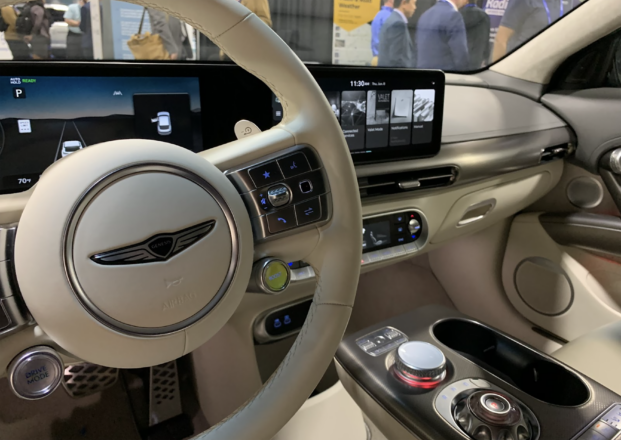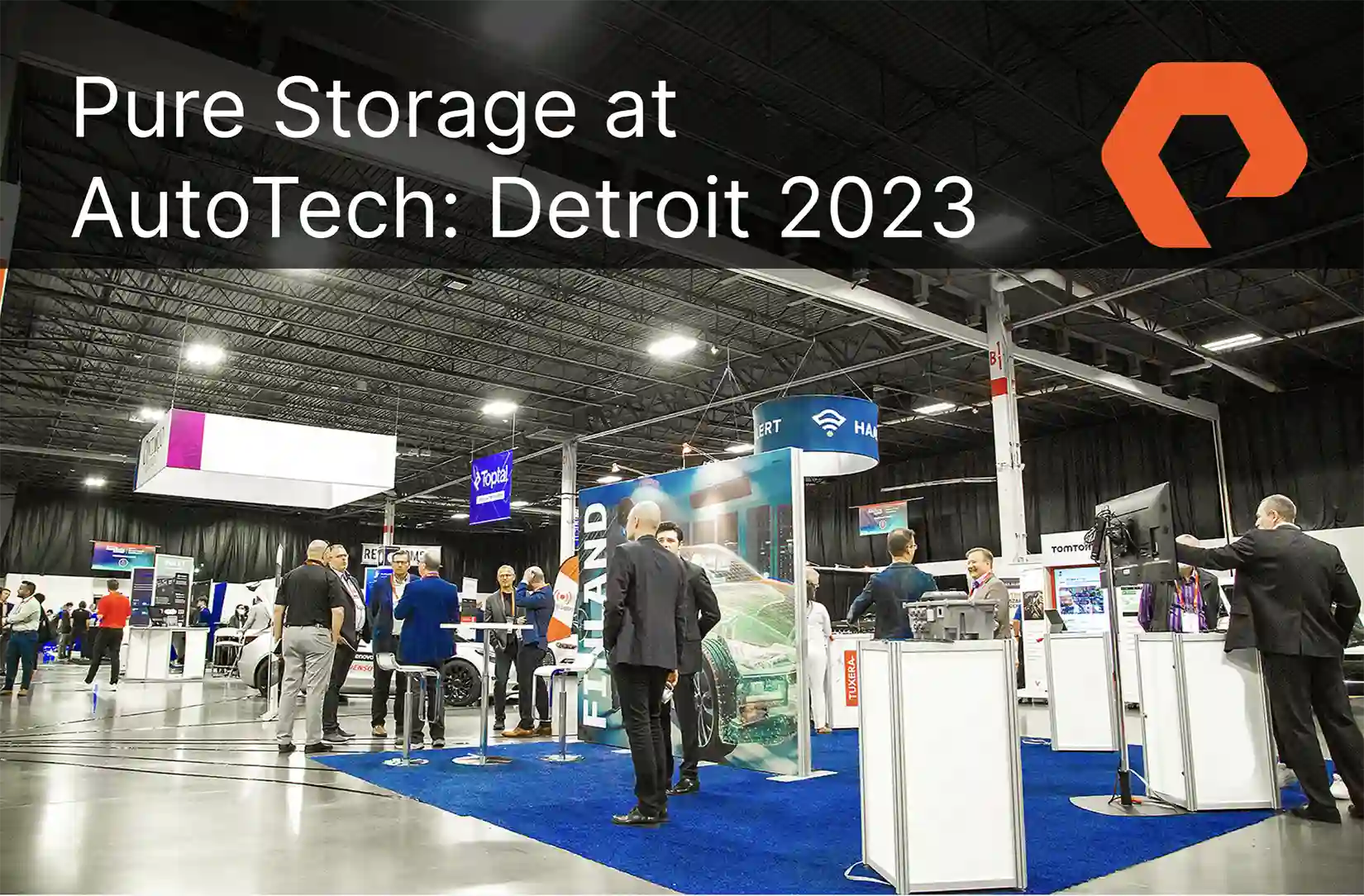I recently attended the AutoTech: Detroit show, where automakers and parts suppliers gather to show their latest technology. There’s so much going on in the industry right now. One of the key areas is the intersection of the telecom and automotive industries. The three major U.S. telcos—AT&T, T-Mobile, and Verizon—were sponsors. They covered a variety of topics, many of them focused on the in-car experience and connectivity.
How The Telecom-Automotive Intersection Is Improving Safety
AT&T made a major announcement with HAAS Alert to improve protection for first responders, roadway workers, and motorists. Drivers will be warned of activity up ahead by an alert that appears on in-car infotainment systems or navigation apps, giving them time to slow down and move over. Collisions are a leading cause of injury for roadway workers, and this technology can reduce the risk by as much as 90%.
The alert system is part of a larger movement called cellular vehicle-to-everything (V2X), which is being jointly developed by automakers and telecom companies. The long-term vision is that vehicles will be in continual contact with what’s around them: not just other vehicles but bicycles, pedestrians, road construction crews, traffic signals and so on. It will form a comprehensive data mesh.
An example: If a bicycle rider was about to drive into an intersection, blocked from view by buildings, a sensor could alert nearby drivers who would have more time to stop, thus preventing a potentially fatal collision. Bicyclists would simply need to carry a small device with them, or it can be integrated with cell phones.

The AT&T display at AutoTech: Detroit. AT&T and other telecoms are delivering on a host of use cases for the connected economy.
There was also a lot of cool technology to explore. One of the vendors playing a role in delivering the V2X future will be Elektrobit, a leader in embedded and connected software products for the automotive industry. They had a very impressive prototype car dashboard in their booth.

The Elektrobit prototype dashboard on display had a clean design model with well-thought-out placement of icons and images.
I loved the simplicity of it and the clarity it brings to the driving experience. I also like the camera-based side-view displays so you don’t have to turn your head to check your mirrors.
Let’s not forget the sound side of the driving experience. Speaker vendor Bose delivered a fun in-car demonstration of their new technology that embeds speakers right into the car seat. By doing so, each area of the car can have its own sound “zone.” That means you can have your music volume cranking pretty high, while the person next to you or in the back can set it much lower. That should avoid some arguments!
Even better, they demonstrated a phone call in the car. The recipient gets a crystal clear sound experience for their call, while the person in the other seat keeps listening to their music. This also gives the caller privacy because you couldn’t hear the phone call at all from the other seat.

This demonstration shows the Bose speaker embedded into the car seat. This is a cut-away image. In the car, the speaker is covered over and you can’t see it.
And of course, there were plenty of sweet vehicles to drool over! An electric Hummer, anyone?

Many of the latest vehicle models were on display on the show floor. Attendees were allowed to sit inside them and experience the interiors.
And here’s a very slick car interior of the Genesis GV60, which was awarded one of the 10 best car interiors. As the judges noted, “Its rotating-orb crystal sphere gear selector, which changes colors via ambient lighting system shade selections, is stunning.”

Overcoming Legacy Speed Bumps with Pure Storage
Automakers have long been at the forefront of new technologies, but the escalating pace of change in computing has led to some added pressure and the need to move even faster. Competition is fierce and innovation is happening everywhere.
Legacy automakers are often saddled with a great deal of technical debt, which is not surprising considering they have IT departments that go back 60 years or more to the days of IBM mainframes. In fact, one of the first effective operating systems for the early IBM 700 series was developed by General Motors Research Laboratories and referred to as GM-NAA I/O. There is also a history of monolithic data architectures, usually built around massive databases such as Oracle or IBM DB2.
Pure is a data storage and software supplier to many major automakers globally who have turned to Pure to help them with critical use cases:
World-class Manufacturing
The manufacturing floor is the beating heart of any automaker or parts supplier. Reliability is key as production line downtime can easily cost $1 million per minute or more.
This is why the proven system reliability of 99.9999% across the fleet of Pure FlashArray™ systems resonates with automakers. Pure users are able to upgrade array software and hardware non-disruptively and without downtime, so manufacturing lines can run continuously. This is why a large automotive OEM is deploying FlashArray globally to all of its manufacturing facilities. The OEM also subjected the array to multiple stress tests, such as pulling out components, which it successfully passed without any service interruption.
Flexible Purchasing Options
Financial engineering can be just as important as automotive engineering when it comes to revenue and earnings. Pure offers a range of flexible purchasing options, from traditional CAPEX to a full subscription-based model. Recurring revenue via subscription models is a hot topic in the auto industry. As an innovator of subscription-based models for enterprise storage, Pure understands the needs of automakers and the importance of financial flexibility.
Cloud-native Transformation
Software differentiation will be key to the future of automakers, and moving to a container-based development model is essential. No other method delivers the flexibility and speed of feature delivery. But Kubernetes is still not a familiar platform for many IT departments. Legacy management and data protection methods won’t work for microservice-based apps.
Fortunately, Portworx® provides a Kubernetes data platform that greatly simplifies storage management for containers, helping out your IT team who may not have the depth of experience needed. Even better, Portworx makes your developers more productive, because it allows them to directly access storage resources via code. This means faster software iterations and faster feature delivery.
Learn More
Those are just a few of the ways Pure is helping automakers modernize. For a deeper dive, watch our video, “Pure Storage Automotive Point of View.” You can also find more resources on our automotive industry page.







